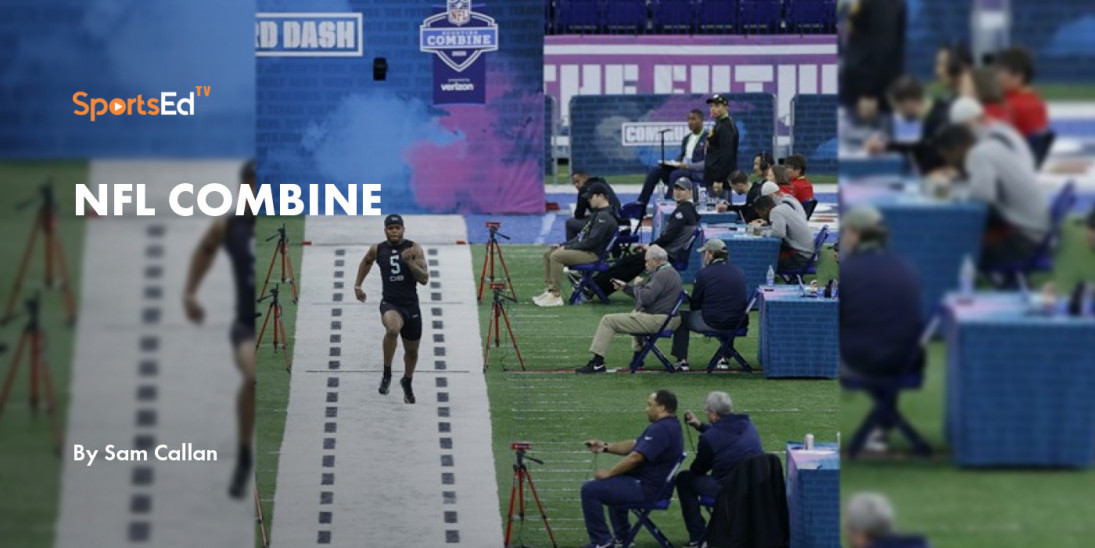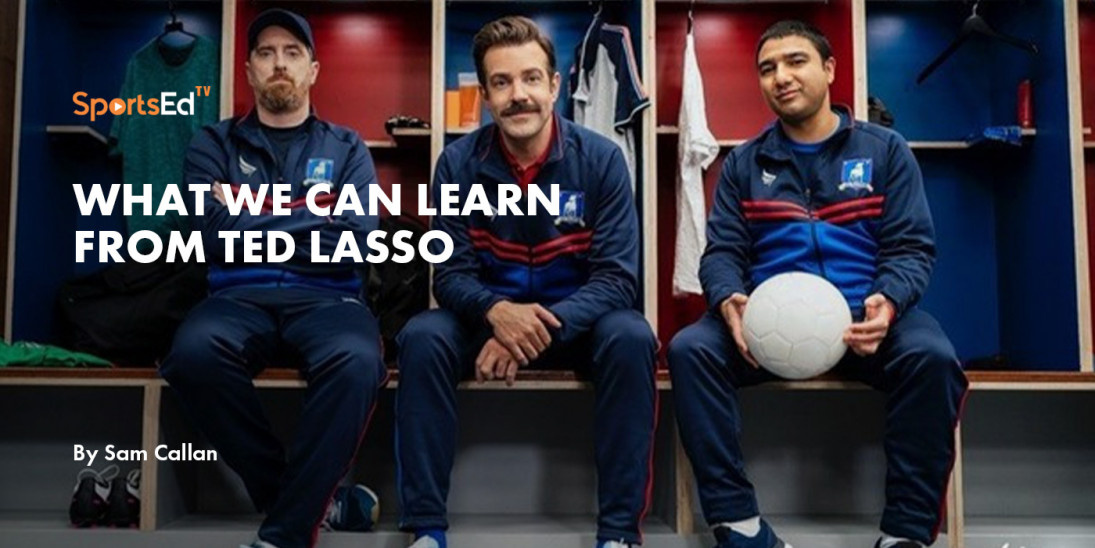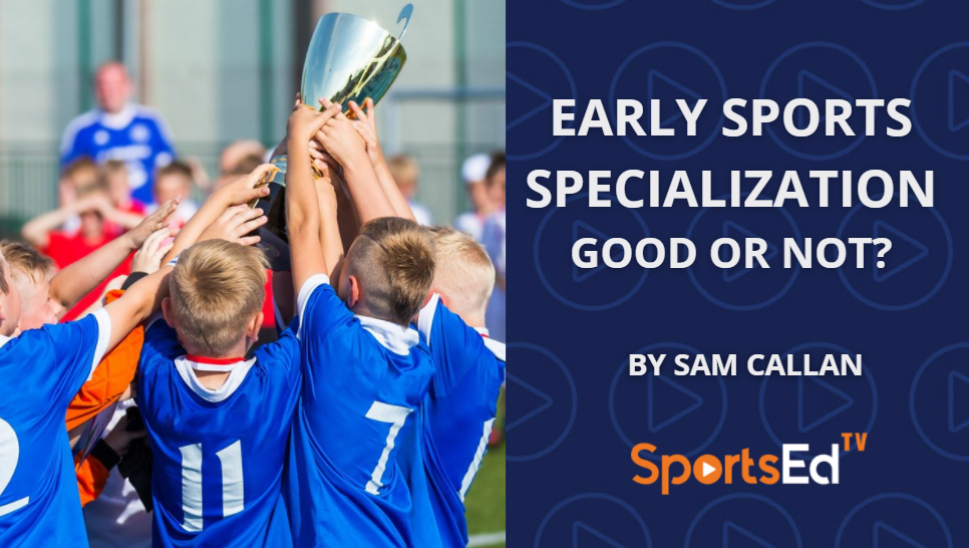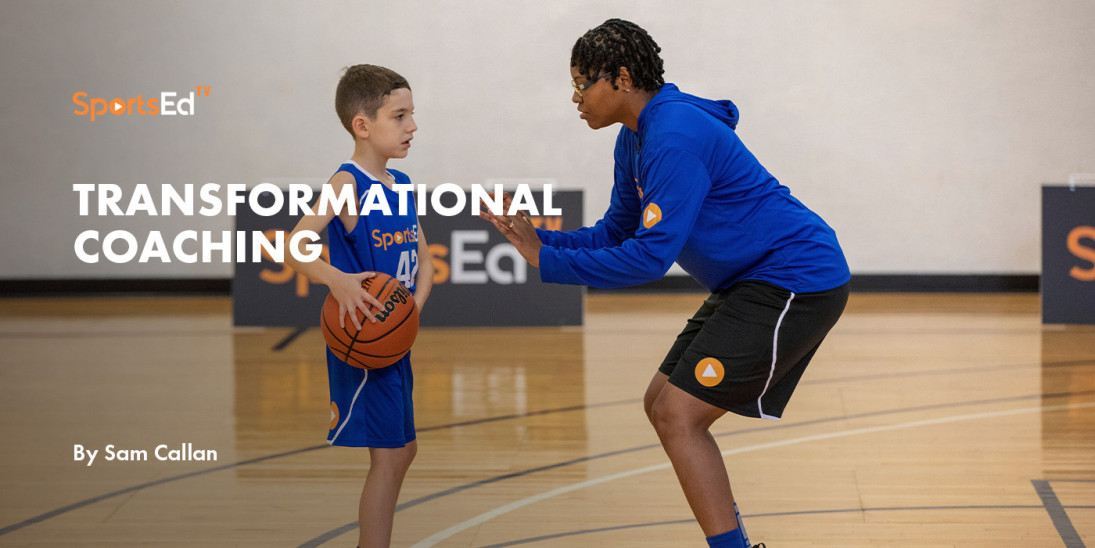Health
Welcome and thanks for visiting...

Cramps: A Novel Theory
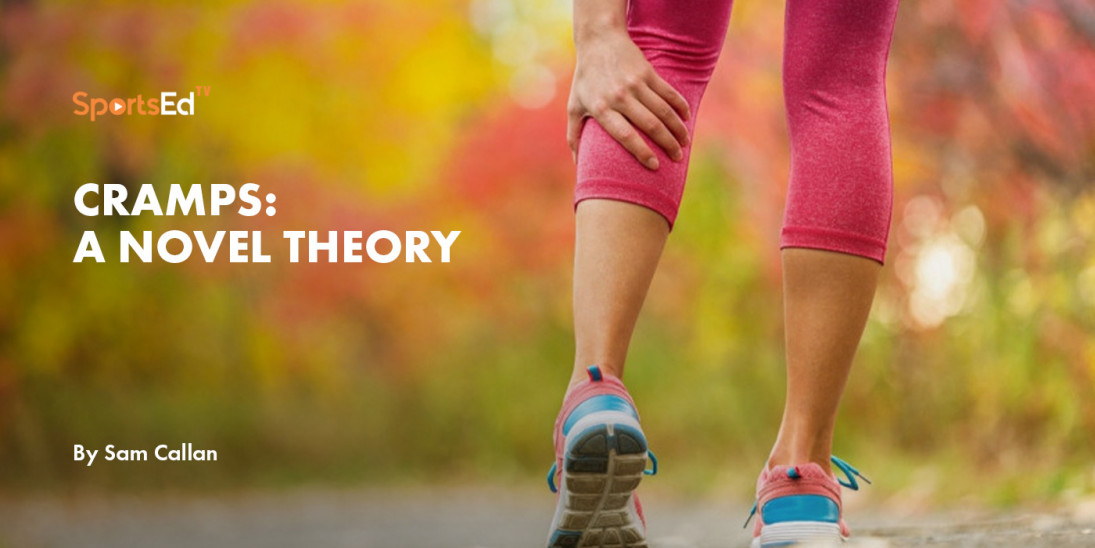
Normally in this space I write about coaching in terms of why and how and get really philosophical. Well some recent posts on social media and the warming weather had me putting on my sport physiologist hat and diving into cramping. For this post, I will layout a more modern theory on exercise associated muscle cramping (EAMC). First we need to define a cramp: a spasmodic, painful, involuntary contraction of the skeletal muscle that occurs during or immediately after exercise.
I, and probably like you, had been taught that muscle cramping is caused by low electrolytes (primarily sodium or potassium although magnesium is often included). I had been taught to make sure I hydrate well and consume a sports drink to replace sodium (salt). But what if all that was wrong?
First, when you sweat while you lose sodium the concentration of sodium in sweat is very low. You lose considerably more water. Sweat is hypotonic and does not cause a decrease in sodium concentration.
Let’s think about the idea that cramping is caused by electrolyte loss. Does it make sense that we would lose sodium in just that muscle that is cramping? Why would we not be cramping all over during exercise?
A common recommendation for relieving a cramp is to stretch the muscle. Well if a cramp is caused by electrolyte loss does the stretch pump more sodium into the muscle?
The electrolyte depletion theory is based off anecdotal information from laborers working on projects in hot, humid environments such as the Hoover Dam in the desert outside of Las Vegas, NV. Even 100 years ago sweat content could be measured and the “crampers” were found to have high levels of chloride (sodium attaches to it to form what we think of when we say “salt”), but no one measured the levels of those who did not cramp.
A big issue in studying cramping is that there is not a way to induce muscle cramping in a controlled manner. So we rely a lot on field studies of extreme events like the Comrades Marathon in South Africa, a 56km (~35 mile) running race. In a study (reference below) Martin Schwellnus found the runners who cramped had lower sodium and higher magnesium concentrations than the controls who did not cramp. The lower sodium concentration suggests OVER hydration, not dehydration. Since dehydration is often linked to cramping it is worth noting that the controls (non-crampers) lost more weight than the crampers. (It is assumed that the majority of weight loss during exercise is from water losses.)
So if it is not sodium (or magnesium) losses causing cramps, then what does? This is where the idea of stretching to relieve cramps gains some backing.
The aforementioned Martin Schwellnus proposes that EAMC is the result of a dysfunctional motor neuron reflex caused by fatigue. Ross Tucker at The Science of Sport summarizes the theory as:
- Muscle contraction is caused by the alpha motor neuron that has received a signal from the brain (or spinal column).
- This reflex protects the muscle from excessive stretching or loading via the muscle spindle and Golgi tendon organs (GTO), respectively.
- Fatigue in the muscle causes increased firing from the muscle spindle and decreased activity from the GTO.
- The net result of this change in activity in these reflexes is an increase in alpha motor neuron activity and an involuntary muscle contraction.
When alpha motor neuron activity increases, a contract occurs. When the spindle activity increases so does alpha motor neuron activity; when the GTO activity is decreased the alpha motor neuron activity increases. Essentially you are getting twice the effect thus an uncontrolled muscle contraction, aka a cramp.
If you want a deeper dive, please visit Ross Tuckers The Science of Sport website as I fear losing folks (if I have not already) if I go into more detail.
The muscles most likely to cramp are:
- Active muscles as they become fatigued. This might explain early season cramping even when conditions are mild or late in an event. The athlete might have muscles fatiguing due to a lack of conditioning or exerting at a higher level than the body is ready for.
- Muscles that cross a joint such as the calf muscle in swimming where the toes are pointed or the hamstrings in running.
Possible Cures
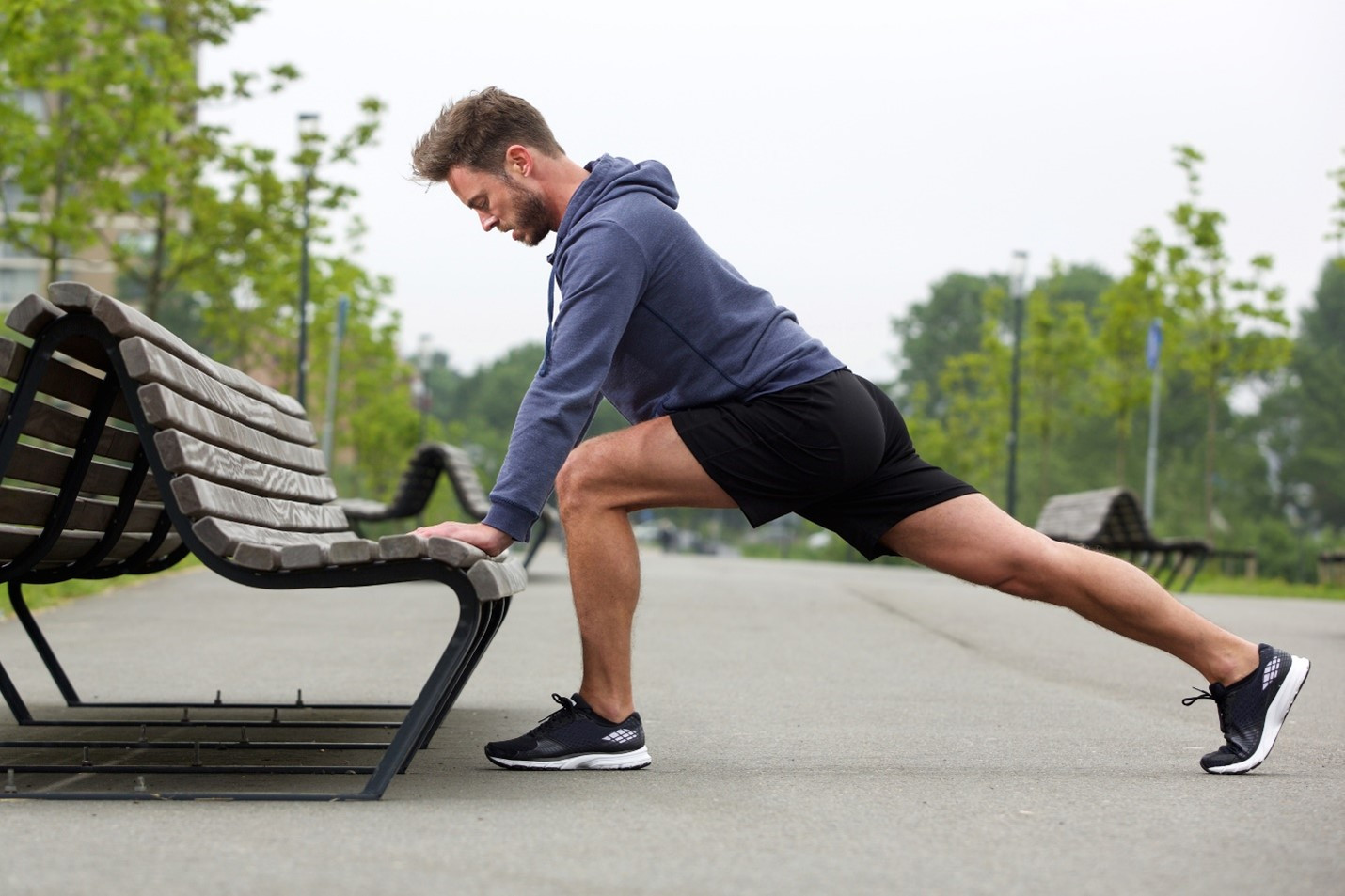
As mentioned we have known for a while that stretching can “cure” a cramp. Stretching “resets” the muscle spindle and GTO allowing the muscle to relax.
Pickle juice has been proposed as a cure and has some scientific basis behind it. One proposed theory is that as little as two mL of pickle juice can reduce the duration of a cramp by about one-third and acts very quickly (far too quickly for the pickle juice to be digested and absorbed and reach the muscle). The thought is that receptors in the middle of your throat get activated and reduce the firing rate of the alpha motor neuron going into the cramping muscle.
Bananas: I think I have debunked the electrolyte theory pretty well and the benefits of bananas are their potassium content. While many Americans may be potassium deficient, it has no proven effect on EAMC.
Summary
As a coach or trainer it is important to know what is causing these EAMCs so as to prevent them and to treat them effectively. Using “cures” that have no basis is a waste of time and perhaps money.
More readings:
https://www.ncbi.nlm.nih.gov/pmc/articles/PMC5857054/
